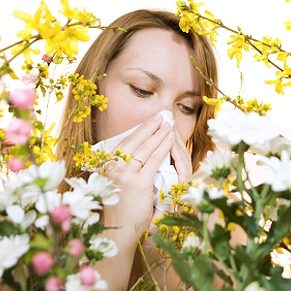
Hay fever is one of the many types of allergies people suffer from every year. Is this a health myth or a reality?

REALITY: The allergens in cats and dogs are derived from the oily secretions of their skin.
Even if some breeds do not shed hair, the allergen still becomes attached to all the dust particles in the house (e.g., the walls, carpets, bedding, clothing and curtains). It does not easily break down with time. Allergens are continuously suspended in the air, even if the animal has been removed from the house.
While the amount of allergen shed by an individual animal may vary with a number of factors (sex, whether de-sexed or not, short or long hair, hair or woolly), the actual allergen is the same among species. Allergies to other animals such as guinea pigs, horses and mice have also been described. Even iguanas can trigger allergies. There are no hypoallergenic animals.
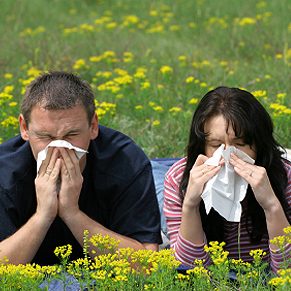
REALITY: The frequency of allergic disease has approximately doubled in the past 25 years. In Canada, around:
- 1 in 3 people will develop allergies at some time during life;
- 1 in 5 will develop atopic dermatitis;
- 1 in 4 will have an attack of hives (urticaria);
- 1 in 10 people have asthma;
- 1 in 20 will develop a food allergy (usually transient);
- 1 in 100 will have a life-threatening allergy known as anaphylaxis.
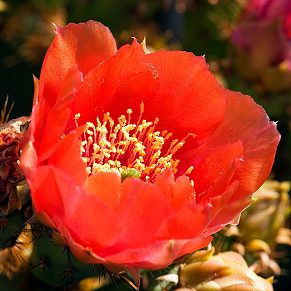
REALITY: Seasonal allergic rhinitis, commonly known as hay fever, is caused by allergy to pollen, rather than hay. Pollen allergy tends to be due to airborne pollen from wind-pollinated grass, weed and tree species.
By contrast, the pollen of flowering plants is large and sticky, does not blow very far, and requires birds and bees for pollination. Therefore, when people complain that scented flowers trouble them, it’s usually due to chemical irritation from the perfume that makes them sneeze, rather than the pollen.
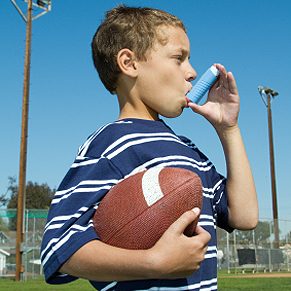
REALITY: Allergies last for years. For example, we know that:
- 85% of children with atopic dermatitis (eczema) improve by their teenage years, but often have dry, irritable skin and problems with soap and some cosmetics for life;
- 80% of children diagnosed with allergic rhinitis will still have trouble ten years later;
- 40% of young adults will still be sneezing into their 20s.
Asthma can also persist. Some children have asthma symptoms that improve or disappear during adolescence, whereas others will worsen. Those with severe or persistent asthma tend to remain much the same in adulthood. Even if symptoms do disappear, they can return later, particularly with infections or exercise.
Reactions in infants to cow’s milk, soy or egg often resolve by the time a child enters kindergarten, but others (for example, to tree nuts, peanuts or seafood) usually stay for life.
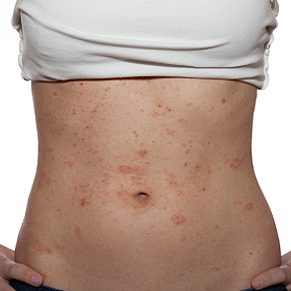
REALITY: Allergies are a serious problem and should not be ignored. Untreated allergies have a significant impact on quality of life.
Hay fever, for example, results in disturbed sleep, fatigue and daytime sleepiness. Untreated allergies can also worsen other chronic respiratory problems such as asthma and sinusitis, and skin disorders such as eczema and urticaria (hives).
Some allergies to foods, drugs and insect stings can lead to a potentially life-threatening reaction called anaphylaxis – a systemic allergic reaction that can be fatal, and leads to the death of 10-20 Canadians each year.

REALITY: While bakers can sometimes develop asthma from inhaled wheat flour, diet plays a minor role in the management of asthma or hay fever. Though some children with food allergies go on to develop eczema, asthma or hay fever as well, taking all people off wheat or dairy products as a routine matter is almost always a waste of time.
Scientific studies have failed to show that milk either increases mucous production or worsens asthma. More commonly, patients will react to cold drinks (including milk) with wheezing because of the inhalation of cool dry air while it is being drunk.
Eliminating wheat and milk will help your allergy only if you are allergic to wheat and milk.